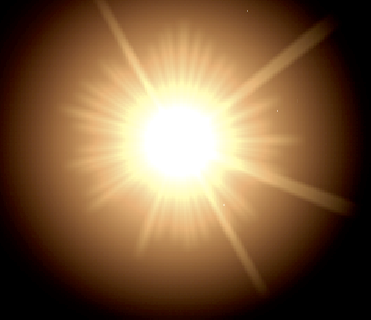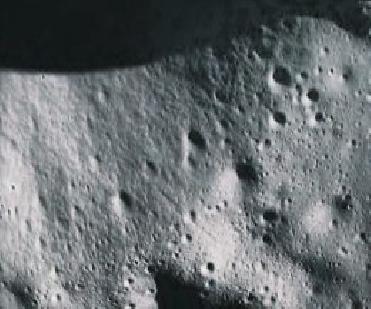
Sun image.A File Photo
LONDON (PTI): Researchers have suggested a period of solar lethargy, indicating that the sun's activity is winding down, a finding that has ignited fevered debate among scientists on what it means for Earth's climate.
NASA recorded no sunspots -- the most visible sign of an active sun -- on 266 days in 2008, a level of inactivity not seen since 1913. According to NASA data, 2009 looks set to be even quieter. Solar wind pressure is at a 50-year low and our local star is ever so slightly dimmer than it was 10 years ago, according to a report in the Guardian newspaper.
"A new 11-year cycle started a year or two ago, and so far it's been extremely feeble," Nigel Weiss of the University of Cambridge was quoted as saying by the British daily.
Based on levels of rare isotopes that accumulate in the Earth's crust, Weiss along with Jose Abreu of the Swiss Federal Institute of Aquatic Science and Technology in Dbendorf have predicted that the long-term solar high since the Second World War is over, and the decline now under way will reach its lowest point around 2020, the report said.
According to Weiss, it is possible we might be heading for a low as deep as the Maunder minimum of the 17th century when Europe shivered through the Little Ice Age. It has sparked a debate whether one should expect another freeze? Scientists wonder where will it all end? Solar activity varies over an 11-year cycle, but it experiences longer-term variations, highs and lows that can last around a century, report said.
 Previous Article
Previous Article Next Article
Next Article













The Indian Air Force, in its flight trials evaluation report submitted before the Defence Ministry l..
view articleAn insight into the Medium Multi-Role Combat Aircraft competition...
view articleSky enthusiasts can now spot the International Space Station (ISS) commanded by Indian-American astr..
view article